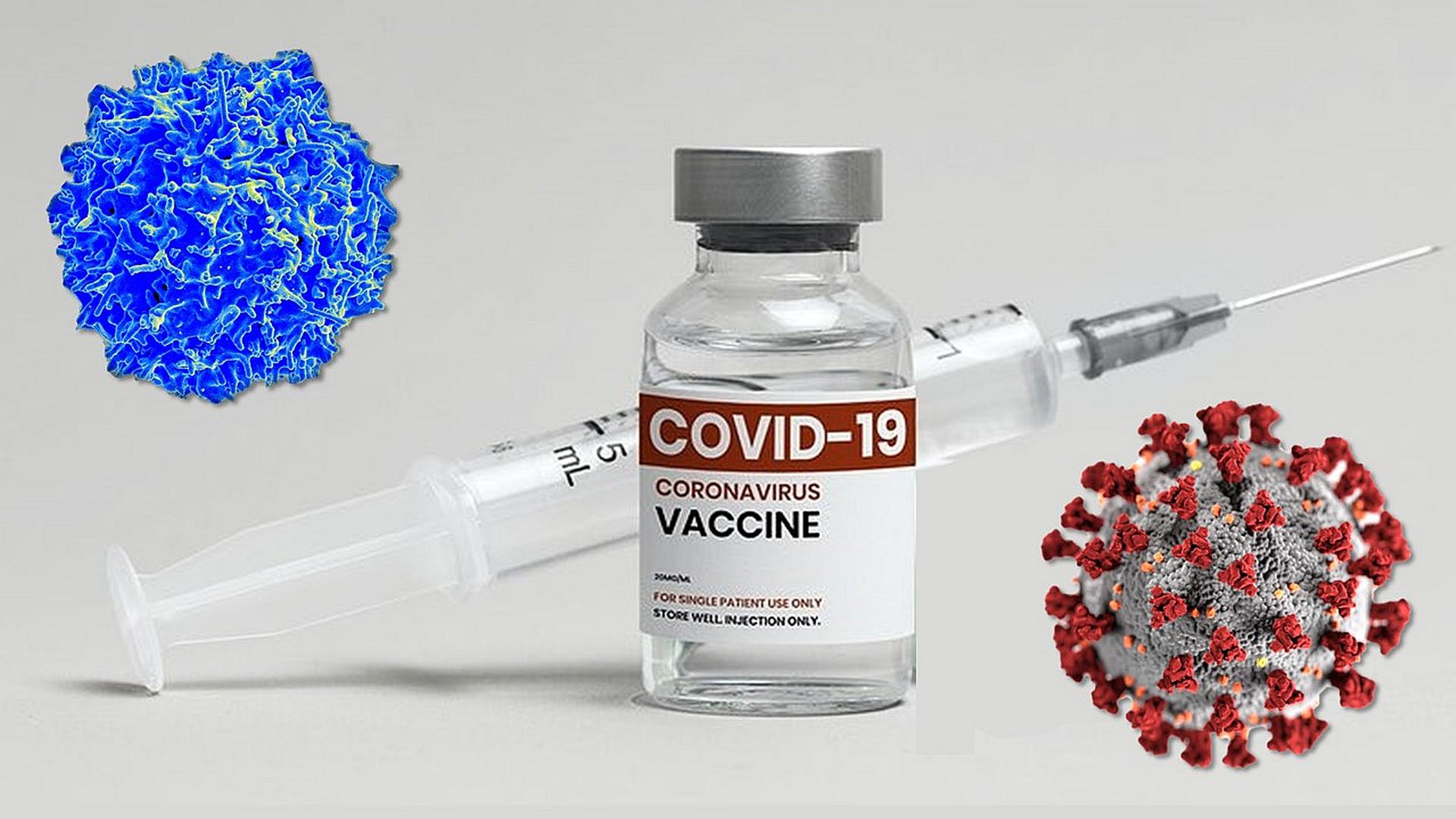If today you and I are reading this article, it is because we have been saved by adopting Covid appropriate behaviour and the two vaccines that were rolled out in time -Covaxin and Covishield.
Although India is the vaccine capital of the world, supplying vaccines to many countries across the globe, doubting Thomases raised questions about whether a vaccine could ever be put out there in such a short span of time and questioned its safety and efficacy. This was taken to ridiculous lengths, dubbing the vaccine a political party’s vaccine and by spreading fear and doubt. The point is that there was a solid infrastructure in place that was quickly ramped up and we had scientists who proved that they are second to none. While the COVID virus was feared and dreaded, a memorable sound byte came from Dr Priya Abraham of the National Institute of Virology who called it a “pretty virus”. Here are some trivia that might be of interest relating to the Covid vaccine.
The promoter of Serum Institute of India, Mr Cyrus Poonawalla who founded the organisation in the sixties was into horse breeding and had a stud farm. Horses were being loaned by him to the Haffkine Institute in Mumbai to make anti snake venom. Later Mr Cyrus Poonawalla (father of Adar Poonawalla the current CEO) decided to start manufacturing the serum himself. Thus, after the other lifesaving immune biologicals they manufactured like Tetanus antitoxin, came the vaccines and the rest is history
Ever wondered what RT PCR is all about? Viruses like SARS CoV2 contain only RNA and no DNA. In order to detect the same, scientists need to convert RNA to DNA through a process called Reverse Transcription – RT. PCR or polymerase chain reaction process rapidly makes multiple copies of a specific DNA sample and this enables studying them in detail. RT PCR test uses several reagents and identifies the presence or absence of a virus. Till RT PCR kits were made in India they were imported and cost more than 10 times the price.
The Covaxin vaccine happened because of the stupendous joint efforts of Indian Council of Medical Research, Bharat Biotech and the National Institute of Virology. ICMR got several of its institutes to get involved in sero surveys, whether they were working on Nutrition or TB or any other project. Several buildings of theirs were repurposed – e.g. an animal shed with a defunct incinerator was transformed into a high throughput lab with the capacity to do thousands of tests daily.
Bharat Biotech founded by Research Scientist Dr Krishna Ella in 1996 on his return to India from the US, after a successful career there, was chosen as a partner, to work on an inactivated virus developed by killing lab grown virus with chemicals and thus obtaining a concentration of inactivated viral particles. These prevent the virus from replicating but keep it active so that our immune system produces a response. Inactivated viruses reproduced in large quantities are used as a vaccine. Bharat Biotech had considerable experience in producing inactivated virus vaccines for rabies, Japanese encephalitis rotavirus and polio.
Inactivated virus vaccine takes a lot more time than RNA or mRNA technology. Three vaccine candidates were developed by Bharat Biotech ICMR and NIV and were tested on mice and Syrian hamsters. They then needed to be tested on larger animals like Rhesus macaque monkeys. The animal rights activists were expected to oppose this. And the monkeys were hard to find and could not be lab grown. Finally, they were located deep in the forests of Maharashtra, where they had retreated in search of food. They had to be protected against COVID and the vaccines were tested on these monkeys and the best candidates were chosen. Working in the containment zone without food or water for 10 hours was challenging for the scientists.
Adar Poonawalla (who collaborated with Astra Zeneca to manufacture Covishield) had to fund large scale expansion and deal with a fire in a facility, among other challenges. Such was the pressure on him that there was talk that he might relocate to the UK. Rumours that the Parsi community to which he belonged demanded priority in vaccination, added to the confusion!!!
Do you want to know when vaccination reached India? Hark back to 1802 during the time of the British. A three-year-old Anna Dust Hall of Bombay was the first one to receive the smallpox vaccine discovered by Edward Jenner. From there on the vaccine was sent to other parts of the country through human vaccinees. Prior to the development of vaccines, variolation i.e., inoculation with smallpox virus materials from a patient, were what was in use for smallpox.
Around 1890, a laboratory in Shillong started producing smallpox vaccine lymph. The first vaccine research institute was set up in Kasauli, Himachal Pradesh. Many Indians helped promote vaccination in those days – Dr W S Samy Naick appointed initially as Native Superintendent of Vaccination (he even got physically assaulted because people got suspicious of what he was doing) and others like the Raja of Pudukkottai and Venkatadri Naidu, Zamindar of Chintapally. When TB reached epidemic proportions, a BCG Vaccine laboratory was set up at King Institute of Preventive Medicine and Research at Guindy in 1948. The organisation had its origins as a smallpox vaccine depot in 1899.
We have certainly come a long way!

